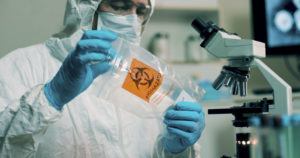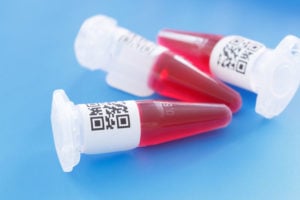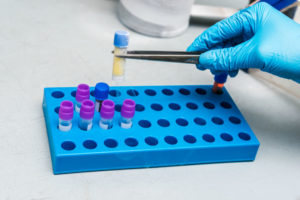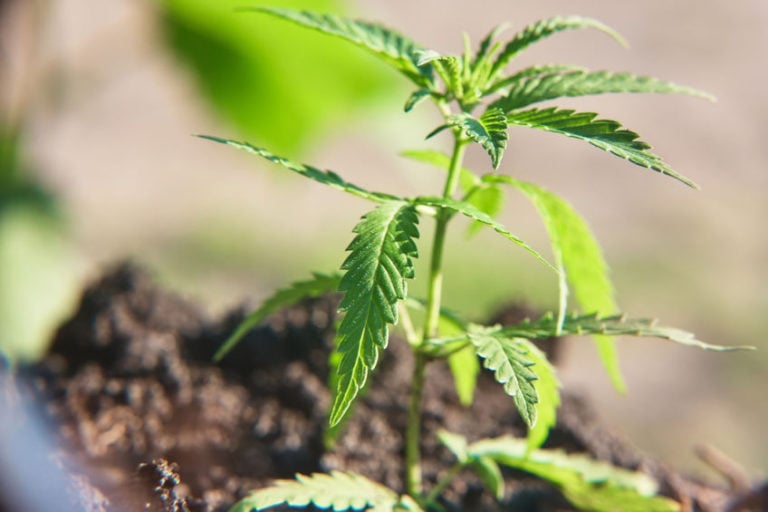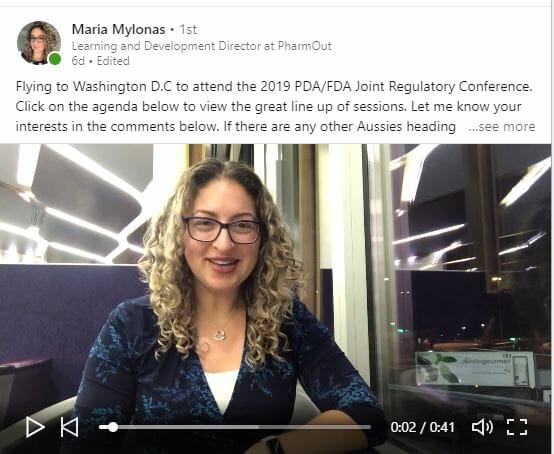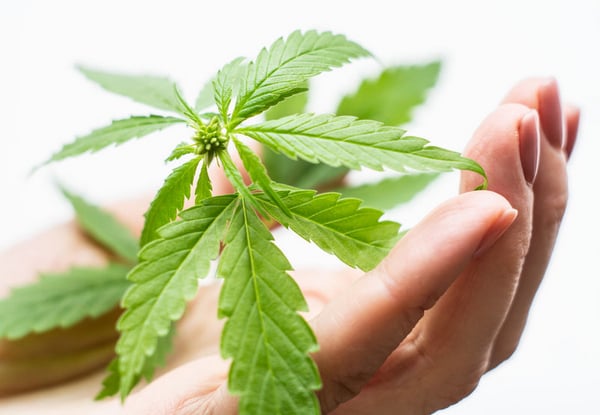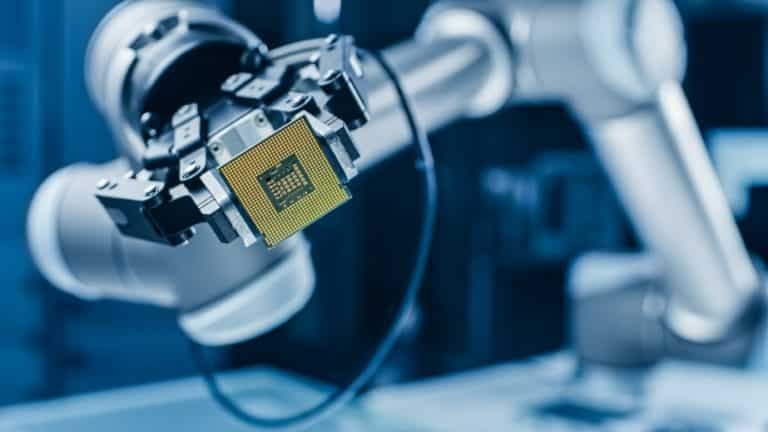This article provides an introduction to the PIC/S Annex 2A updates in Version 15 in relation to Good Manufacturing Practice (GMP) requirements for Advanced Therapy Medical Products (ATMPs).
PIC/s guidance on ATMPs and biological medicines: what changed in PIC/S Version 15?
- GMP requirements for the production of ATMPs (in Annex 2A) are now in a separate Annex from biological medicines (Annex 2B).
- ATMP guidance is now product-specific in PIC/s Version 15 (PE009-15).
- The ATMP-related content is extensively increased.
- Annex 2A and Annex 2B replace guidance in various sections of GMP Part 1 for manufacturing ATMPs and biological medicines.
Why were updates to Annex 2 needed for ATMPs and biological medicines GMP guidelines?
- PIC/s acknowledges that ATMPs and biological medicines are rapidly evolving sectors of healthcare, each with unique requirements for source materials and production
- Prior versions of Good Manufacturing Practice (GMP) guidelines did not provide adequate, product-relevant guidelines for producing compliant medicines of this nature
- PE 009-14 guidelines were also open to interpretation for ATMP manufacturers, which could increase non-compliance
- ATMPs medicines are non-standard and may involve high risks of microbiological contamination and product variance compared to well-established/traditional medicines
- Many ATMPs are produced and delivered in hospital settings and/or clinical trials
- ATMPs can also be produced on a non-routine basis
National laws also apply to ATMPs and biological medicines
Additionally, the production of ATMPs and biological medicines may involve stem cells, donor cells and/or source materials from other humans and/or animals.
These medicines may be subject to additional national laws and production/containment and cross-contamination prevention controls, including:
- greater reliance on QRM for product quality and patient safety
- longer record storage periods/record access
- supply chain risk assessments
- additional source material testing and materials controls (to reduce variation and cross-contamination risks)
- unique recall procedures
To assist ATMP producers, trial sponsors, manufacturers, and hospital teams with their GMP compliance responsibilities when producing/delivering ATMPs and biological medicines, Annex 2 GMP compliance guidance is significantly expanded.
A new course is also being published soon for Annex 2A online GMP compliance training.
- PIC/s Version 15 (PE 009-15) went into effect on 1 May 2021.
- The guidelines for Annexes included significant and major updates to Annex 2.
- Many of the new Annex 2A and Annex 2B guidelines replace the guidelines currently in GMP Part 1.
- Many countries are now being audited for compliance with PIC/s PE 009-15 — but not all countries
- For example, the TGA is auditing manufacturers to PIC/s Version 14 (PE 009-14), as of 01 July 2020
Consult with your applicable Regulatory Agency for your region, products, and supply chains (e.g. the FDA in the USA, the MHRA in the UK, the EMA in Europe, or other relevant regulatory body) for additional guidance.
Note: National laws in relation to ATMPs and biological medicines also apply.
For training and release information on the NEW online training courses for Annex 2A and 2B, visit our online training store.
Note regarding GMP audits during the pandemic including for ATMPs and biological medicines
- Many regulators are now conducting audits remotely (or performing hybrid audits).
- Click here for information on Remote Auditing Procedures / Guidelines or Remote Interactive Inspection (ICT-based auditing) procedures.
- Order the Remote Auditing Techniques online training course for guidance on conducting audits using internet and communication technologies (ICT).
What updates and changes to PIC/s Version 15 Annex 2 regulations means for manufacturers:
- Manufacturers should learn which sections of GMP Part 1 have been replaced by product-specific guidance in Annex 2A (V15) for ATMPs (and Annex 2B for biological medicines)
- Manufacturers should perform a gap analysis
- Manufacturers should make necessary adaptations and implement adequate controls to ensure their processes, contamination prevention measures, and product containment strategies meet the new, expanded requirements in the latest Annex 2 publications
Summary for manufacturers, trial sponsors and healthcare providers:
Manufacturers should be aware that multiple sections of PIC/s GMP Part 1 have been replaced by product-specific guidance in Annex 2A for ATMPs, and Annex 2B for biological medicines.
A gap analysis would be typically required to ensure compliance with the expanded, product-specific guidance in Annex 2 in PIC/s Version 15 due to the major updates to Annex 2.
Annex 2A (ATMPs) – online training for GMP compliance
Need to train your employees in the latest PIC/s GMP regulations for ATMPs and/or biological medicines?
Visit our store for this course and other online GMP courses.
NOTE: Annex 2A online GMP training is targeted for release in early July 2021.
Contact us for pre-ordering information.
Differences in PIC/s Version 15 compared to PIC/s Version 14 (PE009-14 vs PE009-15) – Annex 2 (ATMPs)
Annex 2 is now split into two separate annexes (Annex 2A and Annex 2B):
- PIC/S Annex 2A (Annex 2A, Part A and Part B) provides GMP guidance for manufacturers producing ATMPs
- PIC/S Annex 2B (Annex 2B, Part A and Part B) provides GMP guidance for manufacturers of biological medicines
- The guidance provided in Annex 2A and 2B in PIC/s Version 15:
- is more extensive than previous Annexes for biological medicines and ATMPs
- offers more product-specific guidance for ATMPs than the guidance provided in Annex 2 in PE009-14 (PIC/s Version 14).
GMP compliance training for newly updated regulations for ATMPs
Get trained on ATMP GMP compliance requirements for the newly updated PIC/s Annex 2A guidelines for Advanced Therapy Medicinal Products.
Key benefits of revisions to Annex 2 in V15 (Annex 2A & Annex 2B)
These updated Annexes in PIC/s Version 15, which supersede Annex 2/Version 14, provide further clarity for manufacturers of compliance requirements for these types of medicines.
The updates involve an increased focus on:
- PQS/QRM requirements to reduce contamination risks, cross-contamination risks, and to minimise product variability
- Contamination Controls Strategies (CCS)
- Requirements for non-routine production and dedicated vs shared facilities
- Product-specific guidance for Advanced Therapy Medicinal Products (ATMPs), is now contained in a dedicated Annex (2A), rather than being included as part of the biological medicine guidance (as in PIC/s Version 14/Annex 2)
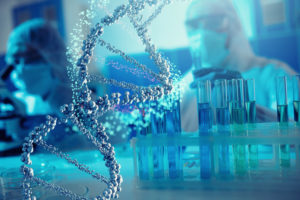
Resources, terms, and definitions
Advanced Therapy Medicinal Products (ATMPs) – definitions and classifications
FAQ: What are the classifications of Advanced Therapy Medicinal Products (ATMPs)?
There are generally 4 main classifications of ATMPs.
| SCTMP | somatic cell therapy medicinal products |
| TEP | tissue-engineered products |
| GTMP | gene therapy medicinal products |
| cATMPs | combined ATMPs |
GMP compliance training courses.
Annex 2A ATMP – GMP compliance training course: expected release date: mid-July 2021.
Annex 2B – Biological medicines – GMP compliance training course: expected release date: early August 2021.
ATMP Glossary and definitions (Annex 2A)
FAQ: ATMPs and Biological Medicines – Key Terms and Definitions
Selected terms and definitions excerpted from the PIC/S GUIDE TO GOOD MANUFACTURING PRACTICE FOR MEDICINAL PRODUCTS ANNEXES – Annex 2A and Annex 2B (May 1, 2021)
Bioburden (meaning)
- Bioburden is the level and type of micro-organism present in raw materials, media, biological substances, intermediates, or products.
- Micro-organism levels are regarded as contamination when the level (and/or type) exceeds the specification.
Biological medicinal product (meaning)
- A biological medicinal product is a product of which the active substance is a biological substance.
- A biological substance is produced by or extracted from a biological source
- Biological substances need (for characterisation and the determination of their quality) a combination of physicochemical-biological testing, together with the production process and its control.
Biosafety level (BSL) (meaning)
- Biosafety level means the containment conditions required to safely handle organisms of different hazard classifications (from low risk to high risk)
- Organism hazard classifications (risk levels) range from:
- BSL1 (the lowest risk level, i.e. unlikely to cause human disease), to
- BSL4 (the highest risk level, i.e. can cause severe disease, is likely to spread, and for which there is no effective prophylaxis or treatment available).
Contained use (meaning)
- An operation, in which genetically modified organisms are:
- cultured
- stored
- used
- transported
- destroyed or disposed of
- and for which barriers (physical/chemical /biological) are used to limit their contact with the general population and the environment
Contamination Control Strategy (CCS) (meaning)
- The key purpose of a Contamination Control Strategy (CCS) is to allow assessment of the strategies implemented.
- In other words, it is not just collation of risk assessments, validations, procedures and other information; it requires ongoing effectiveness evaluation and correction.
Critical Process Parameter (CPP) (meaning)
What does the acronym CPP stand for in the pharmaceutical industry?
- Critical Process Parameter (CPP) is a process parameter whose variability has an impact on a Critical Quality Attribute (CQA), and which therefore should be monitored or controlled, to ensure the process produces the desired quality.
- Source: ICH Q8R2 and PIC/S
Critical Quality Attribute (CQA) (meaning)
- A physical, chemical, biological, or microbiological property or characteristic that should be within an appropriate limit, range, or distribution to ensure the desired product quality.
- Source: ICH Q8R2 and PIC/S
Gene transfer (meaning)
- A process to transfer a gene in cells, involving an expression system contained in a delivery system known as a vector.
- A vector can be of viral, as well as non-viral, origin,
- After gene transfer, genetically modified cells are also termed transduced cells.
Genetically modified organism (GMO) (meaning)
- An organism, with the exception of human beings, in which the genetic material has been altered in a way that does not occur naturally by mating and/or natural recombination.
- For the purpose of PIC/S Annex 2A and 2B (PE009-15), GMO is intended to cover mutations that are not occurring because of a natural event — but are generated by human intervention.
HCT/PS (meaning)
- Human cells, tissues, and cellular and tissue-based products (HCT/Ps) consist of human cells or tissues intended for implantation, transplantation, infusion or transfer into a human recipient.
- The Food and Drug Administration regulates (cellular therapy products) solely as an HCT/P if it meets the criteria listed in 21 CFR 1271.10(a).
- Note that this definition of HCT/PS is excerpted from various publications including those from the AABB and FDA guidelines.
Look-back (“look back procedure”) (meaning)
- Documented procedure to trace ATMPs active substances or products which may be adversely affected by the use or incorporation of animal or human materials:
- either when such materials fail release tests due to the presence of contaminating agent, or
- when conditions of concern become apparent in the source animal or human.
Master cell bank (MCB) (meaning)
- An aliquot of a single pool of cells, which generally has been prepared from the selected cell clone under defined conditions, dispensed into multiple containers and stored under defined conditions.
- The Master cell bank (MCB) is used to derive all working cell banks.
Master transgenic bank (meaning)
- As above but for transgenic plants or animals.
Master virus seed (MVS) (meaning)
- As above, but in relation to viruses.
Material directly in contact with the ATMP during manufacture and storage (meaning)
Includes but is not limited to:
- containers (e.g. fermenters, cell culture flasks and plates, blood bag systems, single-use equipment used in automated manufacturing platforms, beads for separation techniques, chromatographic column material)
- cryo- containers for storage
- primary packaging material
- any other materials that come into contact with the ATMP at any stage of incoming material receipt, testing, production, storage and/or delivery.
Multi-product facility (meaning)
- A facility that manufactures a range of different ATMPs active substances and products and within which equipment train either may or may not be dedicated to specific substances or products.
- Production types are either concurrent production or campaign
- Contamination control strategies (CCS) must be adequate and continually monitored/regularly reviewed
- Environmental and biosecurity regulations are applicable in addition to GMP requirements
Plasmid (meaning)
- A plasmid is a piece of DNA usually present in a bacterial cell as a circular entity separated from the cell chromosome.
- A plasmid can be modified by molecular biology techniques, purified out of the bacterial cell, and used to transfer its DNA to another cell.
Somatic cells (meaning)
- Cells, other than reproductive (germ line) cells, which make up the body of a human or animal.
- These cells may be autologous (from the patient), allogeneic (from another human being) or xenogeneic (from animals) somatic living cells, that have been manipulated or altered ex vivo, to be administered in humans to obtain a therapeutic, diagnostic or preventive effect.
Transgenic (meaning)
- An organism that contains a foreign gene in its normal genetic component for the expression of biological pharmaceutical materials.
Viral vector (meaning)
- A vector derived from a virus and modified by means of molecular biology techniques in a way as to retain some, but not all, the parental virus genes.
- If the genes responsible for virus replication capacity are deleted, the vector is made replication-incompetent.
Further Reading
Training course for updates/changes to Annex 2A guidelines
Online GMP training course for Annex 2A ATMP GMP regulations including information on which sections of GMP Part 1 guidance have been replaced by new guidance in Annex 2A, PIC/s Version 15 (targeted for release in July 2015 – connect with us for details).
FDA publications/guidance on Biological Medicines
ISPE consultation on the draft changes to Annex 2 guidelines in PIC/s PE009-15
Visit our online certificate courses for GMP training.
Last updated on October 7th, 2021 at 06:52 am

